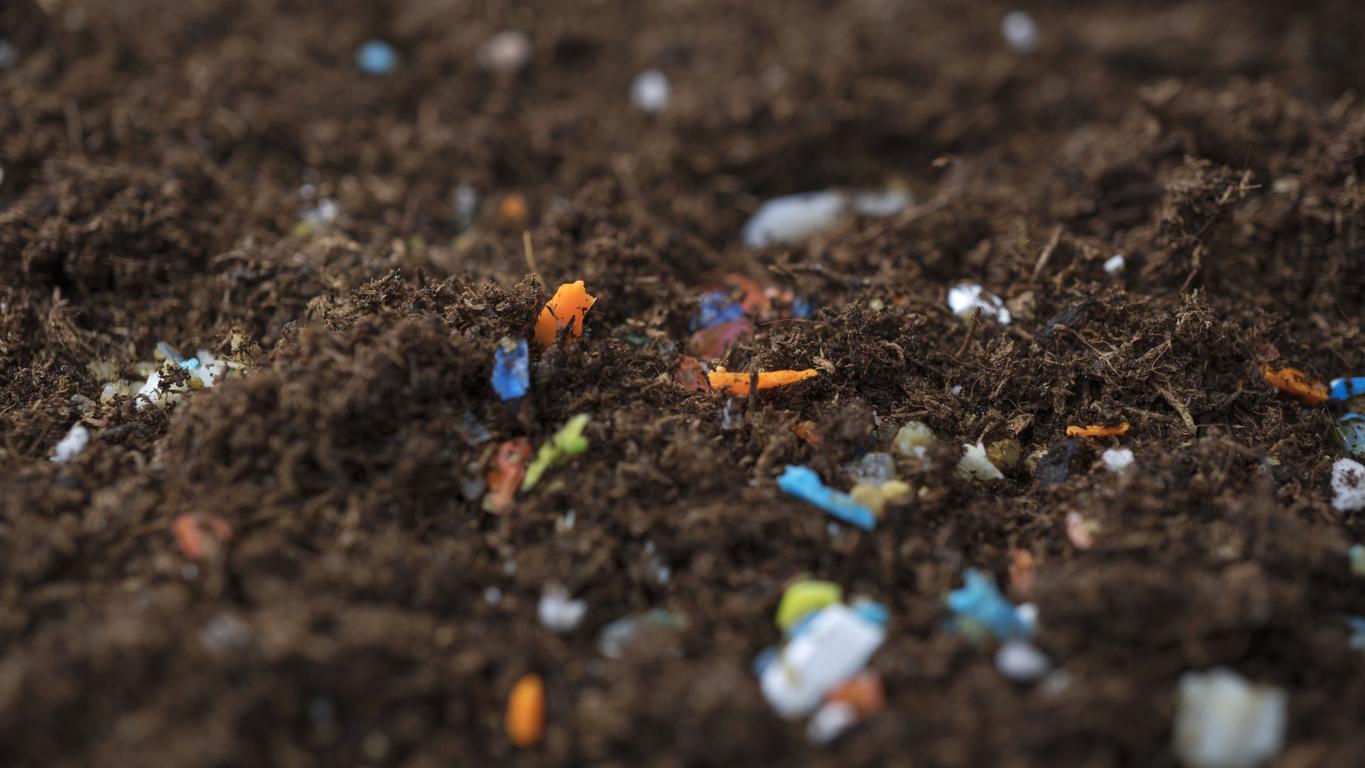Chemical pollution of soil, water and air is an environmental threat causing nearly 9 million premature deaths worldwide, half of which are of cardiovascular origin.

- In an article published in September 2024 in Nature Reviews Cardiology, several scientists warn of the cardiovascular risks linked to soil, water and air pollution.
- According to their analyses, land degradation threatens the health of at least 3.2 billion people, or 40% of the world’s population.
- “Exposure to chemicals (such as heavy metals, solvents, dioxins, and pesticides) in the workplace, through consumer products, or indirectly through environmental contamination contributes to endothelial dysfunction and cardiovascular disease ”, they detail.
Heavy metals, pesticides, micro and nano-plastics… Soils are polluted by many chemicals harmful to the environment but also to our cardiovascular health, shows a review article recently published in Nature Reviews Cardiology.
“Soil pollution is a much less visible danger to human health than polluted air”
The Global Burden of Disease study, published in 2019, estimated that pollution was responsible for 5.5 million deaths linked to cardiovascular disease. More specifically, scientists have found solid evidence establishing links between a good number of pollutants such as heavy metals, pesticides, dioxins and even certain toxic synthetic chemicals and cardiovascular pathologies.
“Soil pollution is a much less visible danger to human health than polluted air, say the two main authors of the studyProfessor Thomas Münzel, Senior Professor, and Professor Andreas Daiber, Head of the Molecular Cardiology Research Group at the Department of Cardiology at the Medical University of Mainz. But evidence is accumulating that pollutants in soil as well as water can harm cardiovascular health through a number of central mechanisms.”
Take into account environmental factors on cardiac risks
“An important reason I wrote this review article was to strongly encourage cardiologists to consider environmental factors that might influence their patients’ risk”, specifies Thomas Münzel. Thus, in this document, the researcher and his colleagues highlight several key points:
– Pathologies linked to chemical pollution of soil, water and air are responsible for approximately 9 million premature deaths per year, “which equates to 16% of all deaths worldwide; half of these deaths are of cardiovascular origin”.
– Land degradation threatens the health of at least 3.2 billion people, or 40% of the world’s population.
-More than 2 billion people live in countries subject to water stress, or 25% of the world’s population.
-Among the causes of soil and water pollution that disrupt the environment, scientists note deforestation, climate change, airborne dust, overfertilization and unhealthy urban designs.
-“Pollution from heavy metals, pesticides, microplastics, and nanoplastics causes cardiovascular damage by interacting with protein-bound thiols, inducing oxidative stress and inflammation, and altering circadian rhythms.”
-“Exposure to chemicals (such as heavy metals, solvents, dioxins, and pesticides) in the workplace, through consumer products, or indirectly through environmental contamination contributes to endothelial dysfunction and cardiovascular disease.”

Another point of concern: dust suspended in the air (which you may know under the term “Saharan dust”) is increasingly important. “Unfortunately, climate models predict that this airborne dust will increase significantly and air quality will deteriorate as the planet warms.”, comments Professor Jos Lelieveld from the Max Planck Institute of Chemistry.
Consequently, according to the authors, it is obviously essential to control soil and water pollution to reduce cardiovascular risks. Among the key strategies to achieve this, they mention reducing exposure to harmful chemicals through better water filtration, better management of air quality, respect for good agricultural practices (with the reduction in the use of pesticides) or even sustainable urban development.


















